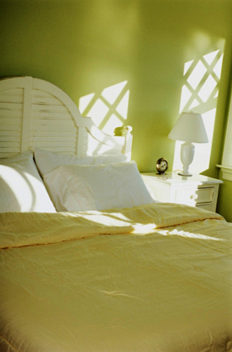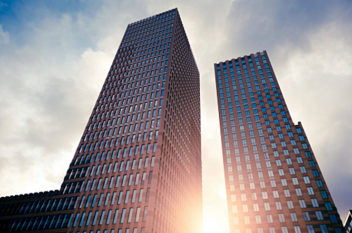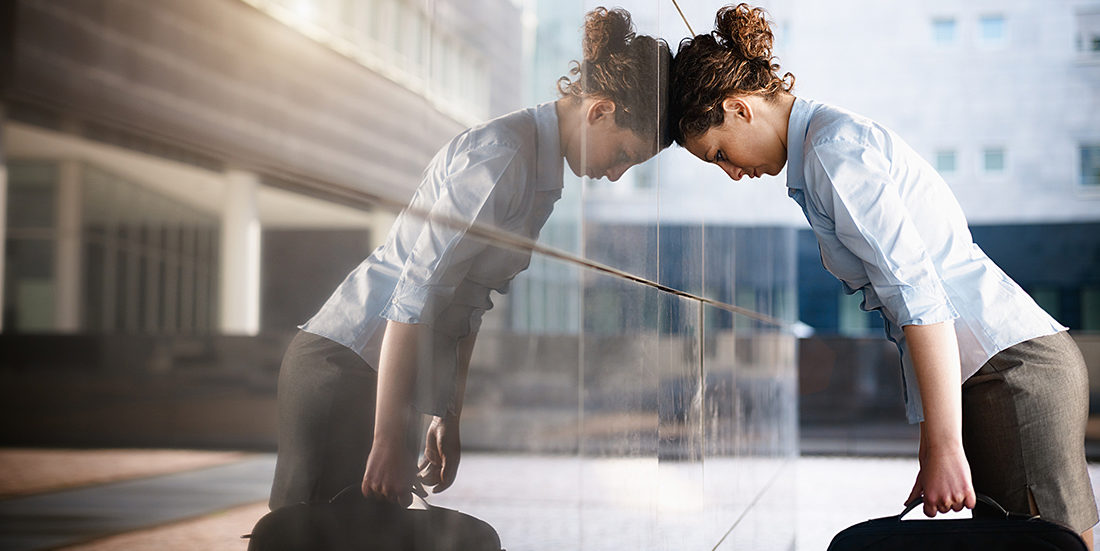Beating the winter blues
The lack of sufficient daylight in northern climes makes many tired and depressed. But don’t worry, researchers have come up with ways to counteract the winter blues.

The lack of daylight and sunlight both disrupt the body’s hormone production and make us tired and depressed. Illphoto: Thinkstock
The shortest day of the year, December 21, has come and gone, but many months remain before Scandinavians get to bask in the region’s signature long summer days. For many who inhabit the northernmost parts of the globe, January is the most difficult month of the year. People feel listless, they lack energy and feel blue. Too little daylight does something to the human body, and we in northern regions can and should take measures to compensate for the lack of daylight.
An invigorating molecule
The sun and its rays play a critical role in human physiology: without exposure to the sun, the body itself cannot produce vitamin D, a substance that helps maintain normal blood levels of phosphorus and calcium. It’s possible to compensate for this by eating vitamin D in pill form, or preferably via the food we eat (oily fish, eggs, liver or fish oil).
Daylight also affects the production of substances in the brain that affect moods. A lack of daylight causes the body to produce substances that make us sleepy and lethargic instead of substances that make us feel peppy and alert. Light is an active neurobiological agent that is crucial in regulating cortisol, serotonin and melatonin levels in the brain.
When light hits the retina, it activates photoreceptors (light-sensitive nerve cells), which stimulates the production of serotonin and cortisol. These substances are important in determining our physical and mental health. Insufficient levels of serotonin can result in depression, lack of energy, sleep problems, mood swings and poor impulse control.
The soporific hormone
Melatonin is the body’s sleep hormone. It is secreted by the epiphysis, also called the cone gland or pineal gland. This gland secretes melatonin when we are in the dark, which means that during winter’s dark days, we produce more melatonin than in the summer. Research suggests that the overproduction of melatonin can lead to fatigue and depression.
When light hits your eyes, melatonin breaks down in the blood and its secretion is halted. Simple light treatment is thus an effective means of stopping the secretion of melatonin. This in turn can reduce fatigue and prevent winter depression. Light therapy lamps have been shown to help people who struggle with the winter blues. A half-hour in front of this kind of special lamp during the working day can work wonders.
A light shock in the morning

It is important to have an ample dose of light in the morning to stop the body’s production of the sleep hormone melatonin. Illphoto: Thinkstock
Researchers say there are also simple things we can do at home to reduce the ill effects of too little sunlight.
“It is important that the body be exposed to a great deal of light when you first wake up, so your brain gets the signal to stop melatonin production,” says Barbara Matusiak, a professor of architecture at the Norwegian University of Science and Technology (NTNU). Matusiak studies the effect of light on architecture and thus on the human body.
“The place where you eat breakfast should be well lit, and there should be light on the walls around the table where you eat,” Matusiak says. In other words, a relaxed wake-up routine, with soft lighting and candles on the kitchen table, is completely the wrong strategy.
Blue light has the greatest effect on the regulation of hormone production, but blue light is not the cosiest way to light our homes. Matusiak recommends white light, and says we should avoid yellow or golden light, which has a minimal effect on our health.
Trick blinds
An east-facing kitchen may address at least some of these issues, because the sun rises in the east and the kitchen is the room where we often spend our early mornings. Whether or not your bedroom should also face east probably depends on how far north you live, because the more northerly your home, the more likely you are to risk being woken in the middle of the night by the play of the sun’s rays on your face.
In the near future, however, you may be able to fool your brain into believing that the sun is coming up, even though it is pitch black outside your bedroom window when the alarm clock goes off. A new lighting technology called OLED (organic light-emitting diodes), which can be produced as a luminous foil, offers the potential to create completely new approaches to lighting. Researchers are developing light-producing blinds that make it look as if the sun shining through your window. If you connect these blinds to a timer, you can program the blinds so it looks like the sun is rising just as your alarm clock rings.

Not only is the Nordic sun below the horizon for most of the winter’s daytime hours, once it is up it can be so low in the sky that its rays have trouble reaching many places. Illphoto: Thinkstock
“I’ve seen prototypes of these blinds, so they’ll probably soon be on the market,” Matusiak says.
Daylight banished from cities
When functionalism was introduced in the 1930s, architects and urban planners were keen to get the maximum amount of sunlight into living spaces, especially in apartment buildings. Air and light could chase mildew and pests out of the dark corners where they thrived best. There was another factor, too: electricity was expensive. The more daylight could replace electric light, the better.
“So we got gradually better and better guidance, and cheaper and cheaper electricity. We could fill our houses with lots of electric lights, which made us a little less dependent on daylight. But daylight has so many qualities that are impossible to replace. It’s not just that the amount of illumination is not the same. Daylight is much more varied in strength, direction and colour variation,” Matusiak says.
“All homes and all workplaces should be required to have access to daylight and views to the outside world through windows,” she says.
The general policy to increase the densification of city centres also contributes to blocking the sun and daylight from many places. Houses are built tighter and tighter together, leaving little room for natural light. This is one consequence of current housing policies that has received little attention.
Studying Nordic light
Barbara Matusiak is very engaged with issues related to architecture and light, which led her to establish the Light and Colour Group at NTNU’s Faculty of Architecture and Fine Art. The group’s interdisciplinary research laboratory is equipped with an artificial sun and sky, which enables researchers to study sunlight’s relationship to buildings and other structures.

People who live in Scandinavia have a far more positive and stronger experience of the sun than people who live in countries where the amount of available sunlight is more evenly distributed over the year. Illphoto: Thinkstock
Two years ago, Matusiak undertook a research project for which she investigated the difference in the amount of sunlight available at different latitudes.
“The starting point was an allegation by a British professor, who argued that light in Scandinavia is the same as in other places. At first I was annoyed by his argument, because I thought it was clear that he was wrong, but I used his statement as a basis for my for research,” she said.
Little, and low-angle sun
The research confirmed Matusiak’s assumptions that Nordic light is both different than many other places, and that on an annual average, there is less daylight and sunlight here. In spite of her assumptions, however, she was still surprised by what the weather data showed.
“I found that the frequency of cloudless skies is extremely low in the Nordic countries. This means that we often have clouds that obscure the sun, so that we have little direct sunlight,” she said.
Matusiak also tallied up how many hours the sun is above the horizon at different angular degrees. In some places, the sun is at a very low angle, between 0 and 10 degrees above the horizon, for as much as 35 per cent of the time. This means in some places, access to direct sunlight is quite limited for roughly a third of the time, she says.
So if your home lies behind a craggy knoll or if you live in a heavily urbanized area, you may never see the rays of the low-angle sun. In comparison, the sun is only this low in Madrid for about ten per cent of the time.
Little sun, but a more thrilling experience
Matusiak’s research also showed that Scandinavians tend to remember sunlight in a special way.
“The light in Scandinavia tends to vary a great deal in colour, and is often found in warmer colour temperatures of pink and red. It makes your experience of the light very strong. Our experience of the light and the sun is also enhanced by the fact that we often have bad weather and little sun. This causes us remember our positive experiences with the sun especially well, even though these moments are much shorter than elsewhere. We are generally more sensitive to light in the Nordic region,” Matusiak says.
Things that are rare are always extra attractive. And during the winter, when our bodies yearn for a glimpse of that golden orb, it’s more important than ever to address our need to soak up the sun’s heavenly rays.



